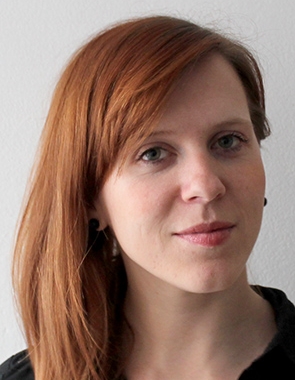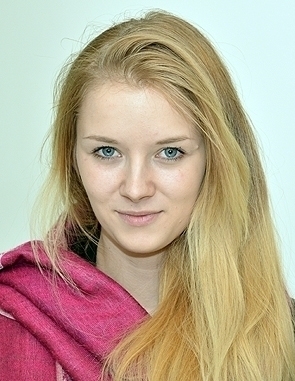About our group
The research of our laboratory focuses on the development of small organic molecules that undergo electron transfer and/or can be activated by light. This interdisciplinary research field combines organic synthesis, electrochemistry, spectroscopy, physical chemistry and mechanistic investigations of light-triggered processes. Our main goal is to be able to precisely control redox reactions and electron transfer in space and time, reversibly transfer charge between defined redox centres and develop methods for stabilization of organic radicals and radical ions. We aim to use them in various applications ranging from redox sensors to functionalized surfaces, molecular electronic devices and smart materials.

Publications
All publications
In Search of the Perfect Photocage: Structure–Reactivity Relationships in meso-Methyl BODIPY Photoremovable Protecting Groups
Journal of the American Chemical Society 139 (42): 15168-15175 (2017).
A detailed investigation of the photophysical parameters and photochemical reactivity of meso-methyl BODIPY photoremovable protecting groups was accomplished through systematic variation of the leaving group (LG) and core substituents as well as substitutions at boron. Efficiencies of the LG release were evaluated using both steady-state and transient absorption spectroscopies as well as computational analyses to identify the optimal structural features. We find that the quantum yields for photorelease with this photocage are highly sensitive to substituent effects. In particular, we find that the quantum yields of photorelease are improved with derivatives with higher intersystem crossing quantum yields, which can be promoted by core heavy atoms. Moreover, release quantum yields are dramatically improved by boron alkylation, whereas alkylation in the meso-methyl position has no effect. Better LGs are released considerably more efficiently than poorer LGs. We find that these substituent effects are additive, for example, a 2,6-diiodo-B-dimethyl BODIPY photocage features quantum yields of 28% for the mediocre LG acetate and a 95% quantum yield of release for chloride. The high chemical and quantum yields combined with the outstanding absorption properties of BODIPY dyes lead to photocages with uncaging cross sections over 10 000 M–1 cm–1, values that surpass cross sections of related photocages absorbing visible light. These new photocages, which absorb strongly near the second harmonic of an Nd:YAG laser (532 nm), hold promise for manipulating and interrogating biological and material systems with the high spatiotemporal control provided by pulsed laser irradiation, while avoiding the phototoxicity problems encountered with many UV-absorbing photocages. More generally, the insights gained from this structure–reactivity relationship may aid in the development of new highly efficient photoreactions.
Rhodamine 6G Radical: A Spectro (Fluoro) Electrochemical and Transient Spectroscopic Study
ChemCatChem 10 (18): 4182-4190 (2018).
A ‘photorelease, catch and photorelease’ strategy for bioconjugation utilizing a p-hydroxyphenacyl group
Chemical Communications 52 (87): 12901-12904 (2016).
Transition-Metal-Free CO-Releasing BODIPY Derivatives Activatable by Visible to NIR Light as Promising Bioactive Molecules
Journal of the American Chemical Society 138 (1): 126-133 (2016).









